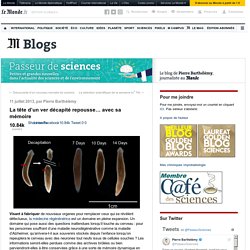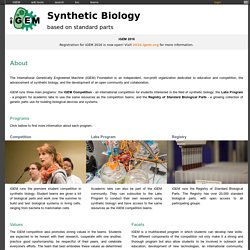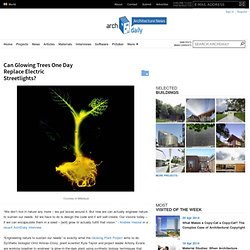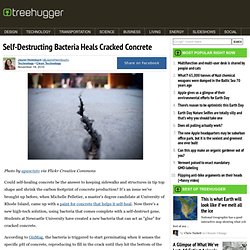

La tête d’un ver décapité repousse… avec sa mémoire. Visant à fabriquer de nouveaux organes pour remplacer ceux qui se révèlent défectueux, la médecine régénératrice est un domaine en pleine expansion.

Un domaine qui pose aussi des questions inattendues lorsqu’il touche au cerveau : pour les personnes souffrant d’une maladie neurodégénérative comme la maladie d’Alzheimer, qu’arrivera-t-il aux souvenirs stockés depuis l’enfance lorsqu’on repeuplera le cerveau avec des neurones tout neufs issus de cellules souches ? Les informations seront-elles perdues comme des archives brûlées ou bien parviendront-elles à être conservées grâce à une sorte de mémoire dynamique en constant remodelage ? La réponse à ces questions fascinantes pourrait bien venir de… vers. Plus précisément des planaires, des vers plats d’eau douce qu’affectionnent les biologistes pour plusieurs raisons. On commence à voir où les chercheurs veulent en venir car qui dit tête, dit cerveau et mémoire.
C’est ce tour de force qui est décrit dans l’article du JEB. Un médecin italien veut greffer des têtes humaines. iGem. Synthetic Biology based on standard parts iGEM 2016 Registration for iGEM 2016 is now open!

Visit 2016.igem.org for more information. The International Genetically Engineered Machine (iGEM) Foundation is an independent, non-profit organization dedicated to education and competition, the advancement of synthetic biology, and the development of an open community and collaboration. iGEM runs three main programs: the iGEM Competition - an international competition for students interested in the field of synthetic biology; the Labs Program - a program for academic labs to use the same resources as the competition teams; and the Registry of Standard Biological Parts - a growing collection of genetic parts use for building biological devices and systems.
Programs Click bellow to find more information about each program. Competition iGEM runs the premiere student competition in synthetic biology. Labs Program Academic labs can also be part of the iGEM community. Registry Values. Biohackers : les bricoleurs d'ADN. Biohackers : les bricoleurs d'ADN. DIYbio googlegroup. Glowing Plant. Can Glowing Trees One Day Replace Electric Streetlights?
“We don’t live in nature any more – we put boxes around it.

But now we can actually engineer nature to sustain our needs. All we have to do is design the code and it will self-create. Our visions today – if we can encapsulate them in a seed – [will] grow to actually fulfill that vision.” - Andrew Hessel in a recent ArchDaily interview “Engineering nature to sustain our needs” is exactly what the Glowing Plant Project aims to do. Synthetic biologist Omri Amirav-Drory, plant scientist Kyle Taylor and project leader Antony Evans are working together to engineer “a glow-in-the-dark plant using synthetic biology techniques that could possibly replace traditional lighting” – and perhaps even create glow-in-the-dark trees that would supplant (pun intended) the common street light.
How is this possible? “The Glowing Plant is a symbol of the future, a symbol of sustainability and a symbol to inspire others to create new, living things,” says project leader Antony Evans. Self-Destructing Bacteria Heals Cracked Concrete. Photo by apasciuto via Flickr Creative Commons Could self-healing concrete be the answer to keeping sidewalks and structures in tip top shape and shrink the carbon footprint of concrete production?

It's an issue we've brought up before, when Michelle Pelletier, a master's degree candidate at University of Rhode Island, came up with a paint for concrete that helps it self-heal. Now there's a new high-tech solution, using bacteria that comes complete with a self-destruct gene. Students at Newcastle University have created a new bacteria that can act as "glue" for cracked concrete. According to GizMag, the bacteria is triggered to start germinating when it senses the specific pH of concrete, reproducing to fill in the crack until they hit the bottom of the fissure and start to clump. The new strain of bacteria comes complete with a self-destruct gene that keeps it from germinating anywhere but in contact with concrete.
Génétique.